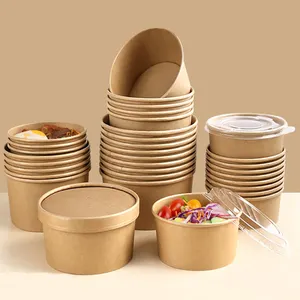Giới thiệu về bát trái cây
Alibaba.com cung cấp các sản phẩm 121061 bát trái cây. Có rất nhiều bát trái cây lựa chọn dành cho bạn, chẳng hạn như hiện đại, sang trọng, và cổ điển. Bạn cũng có thể chọn từ kim loại, gốm, và thủy tinh bát trái cây. Cũng như từ bền vững, thả, và thân thiện với môi bát trái cây.Và bất kể bát trái cây là nhà hàng, khách sạn, hay siêu thị trường.














